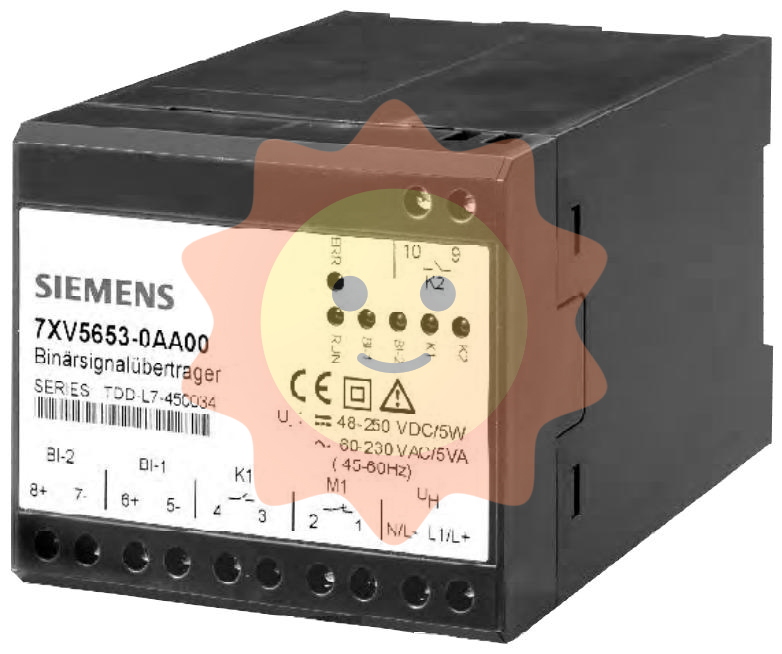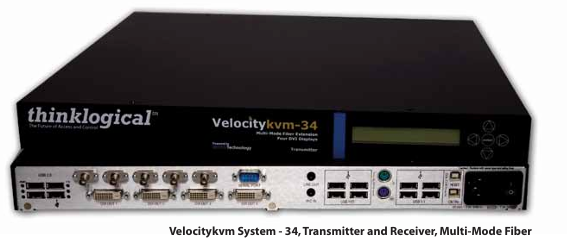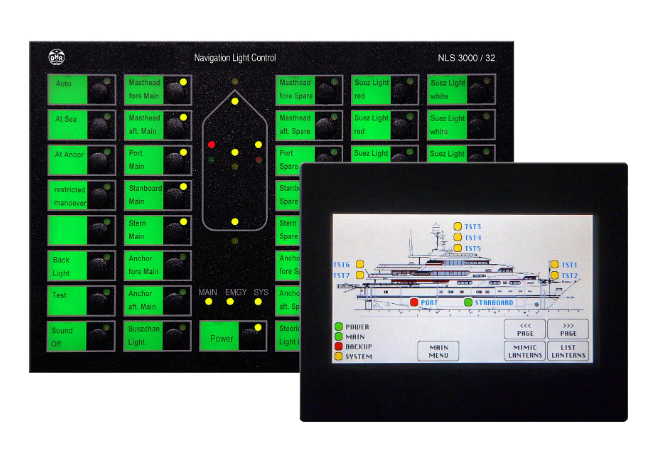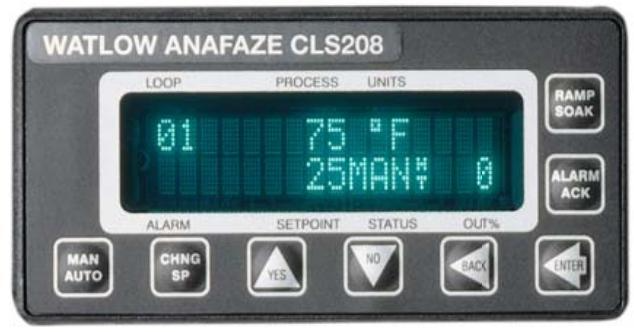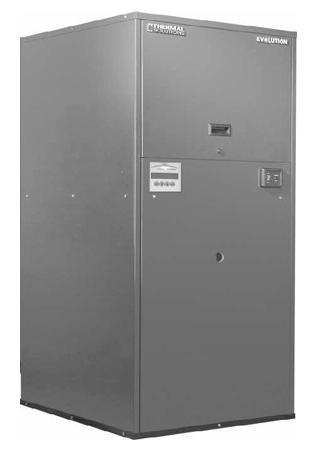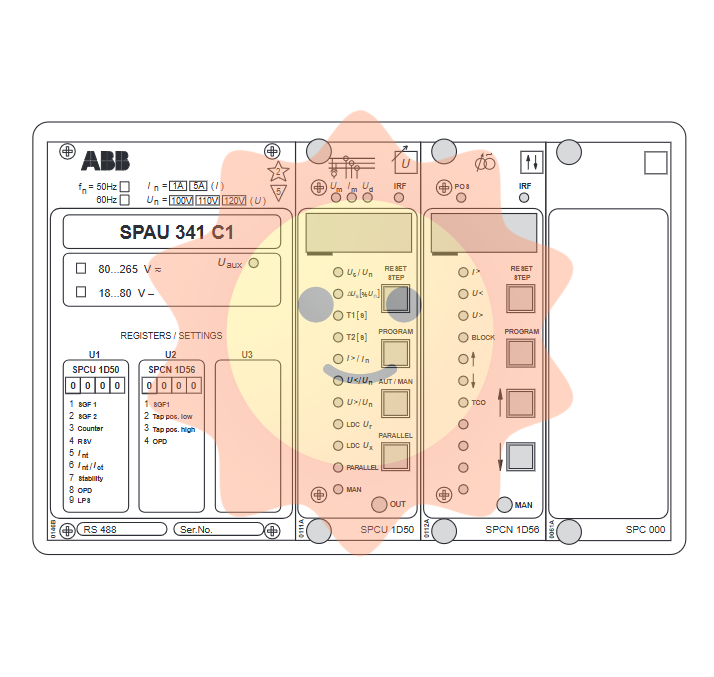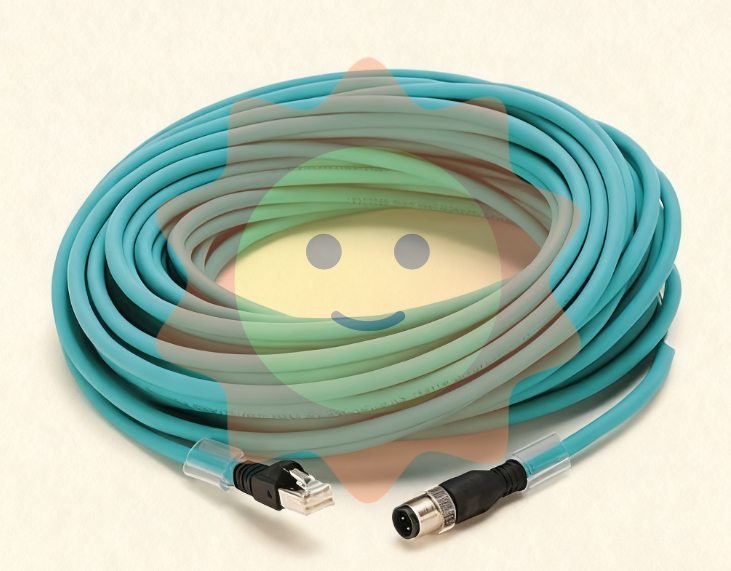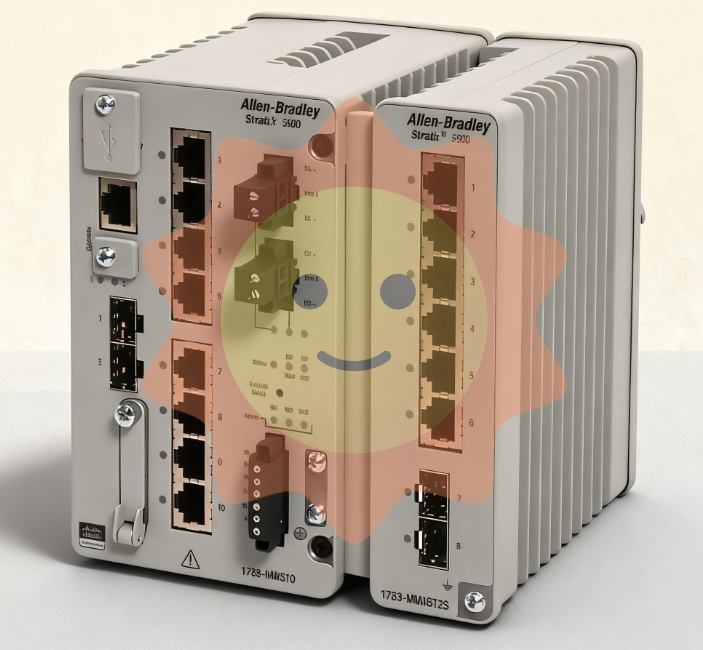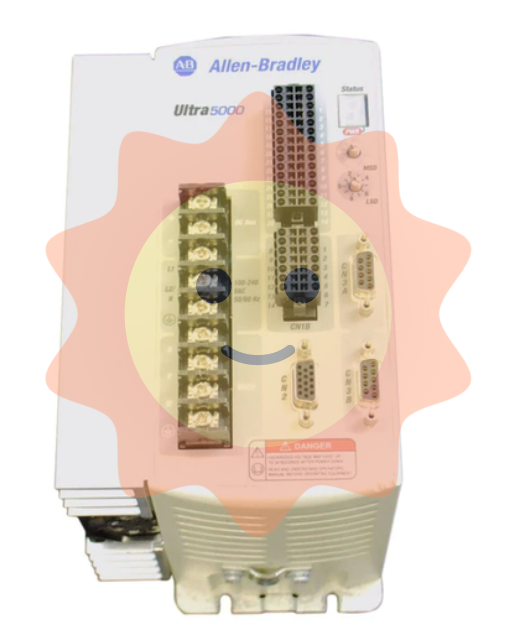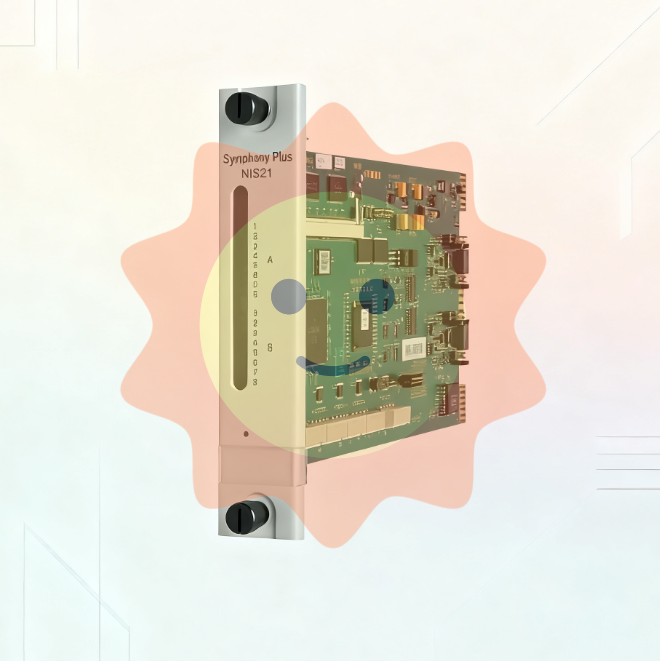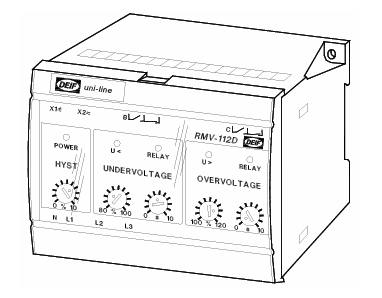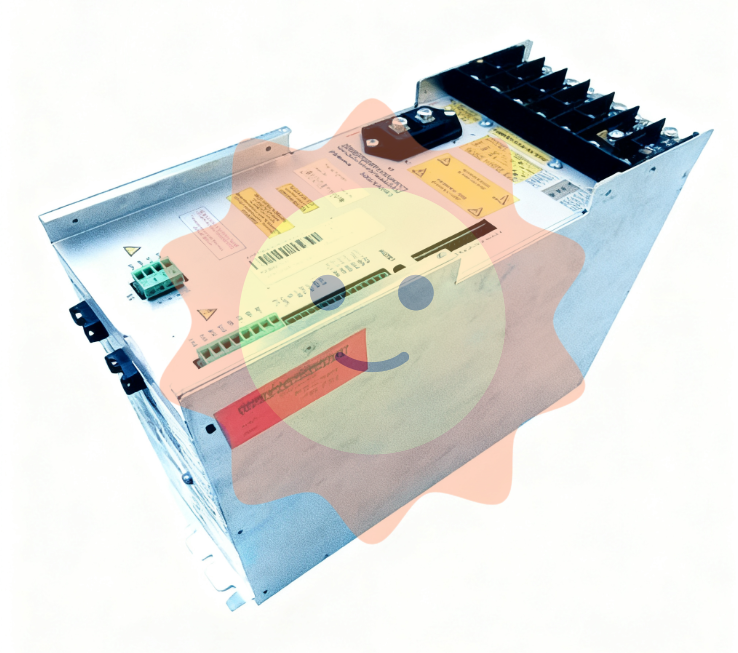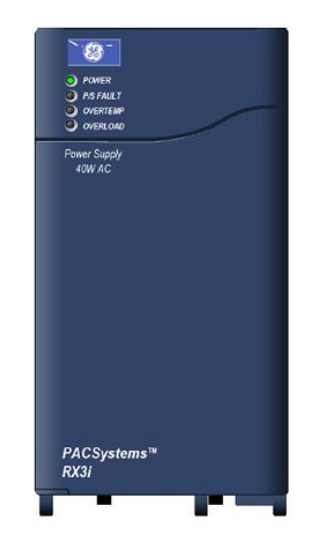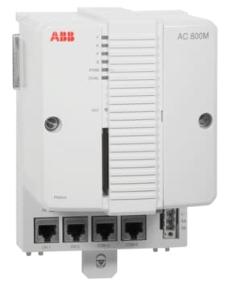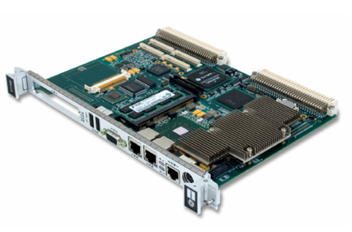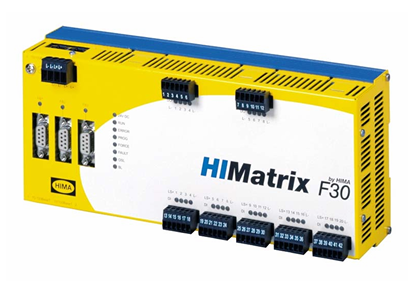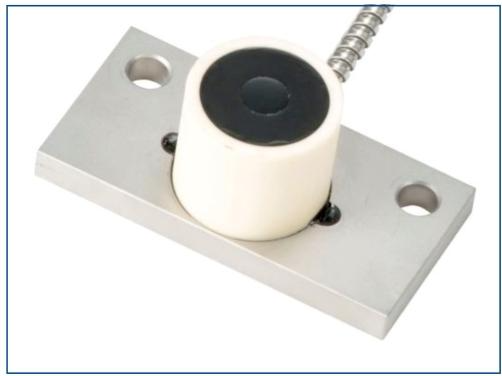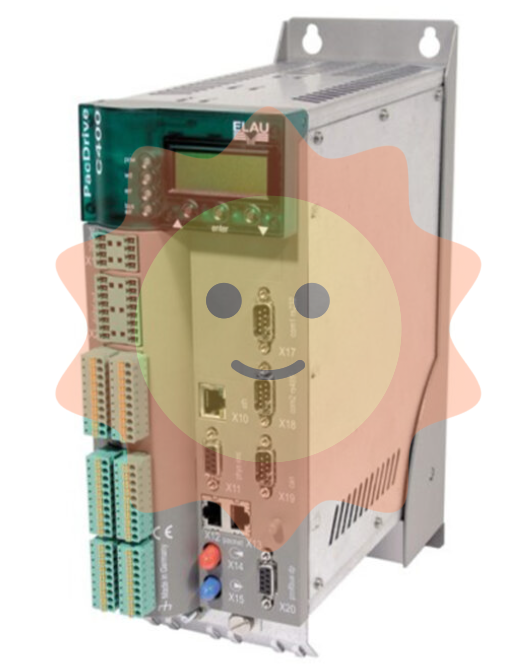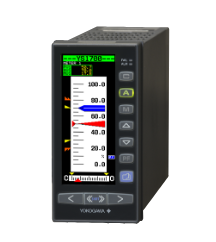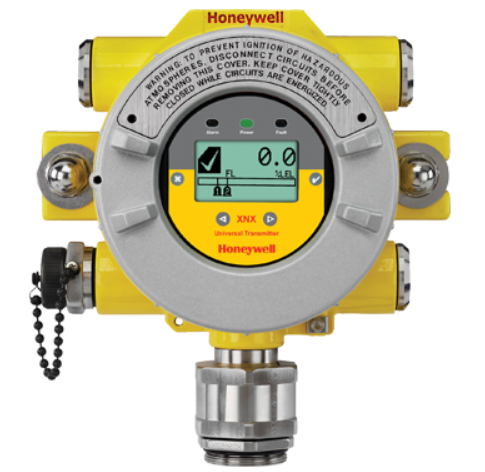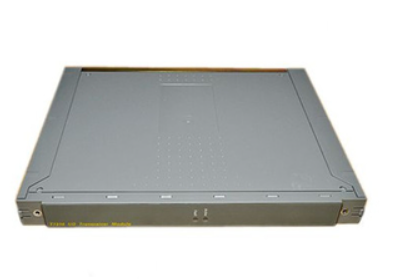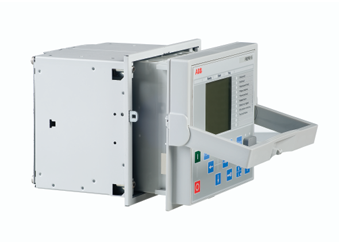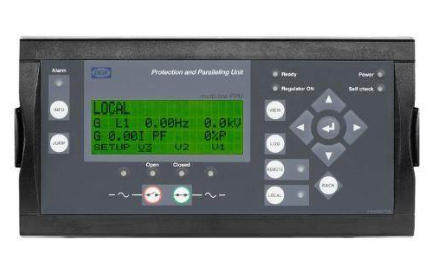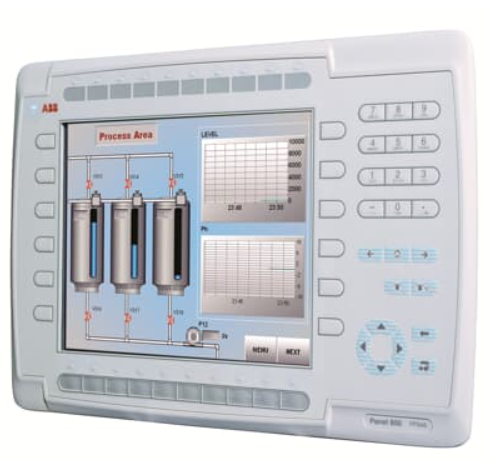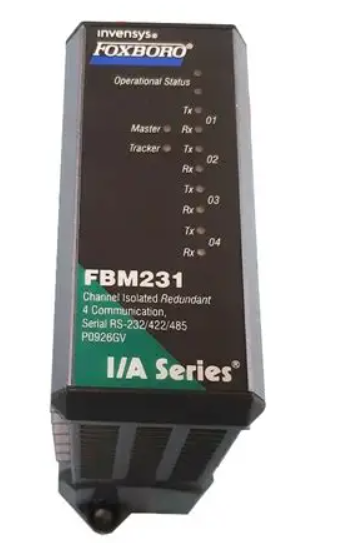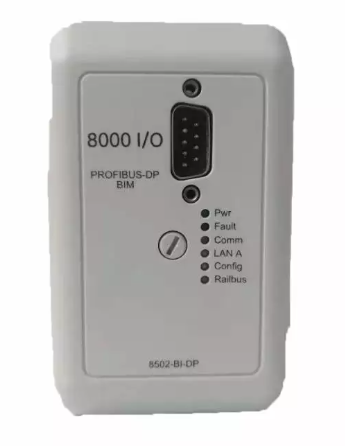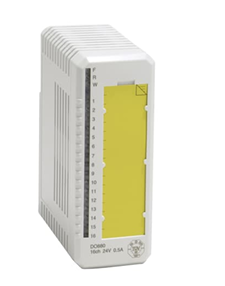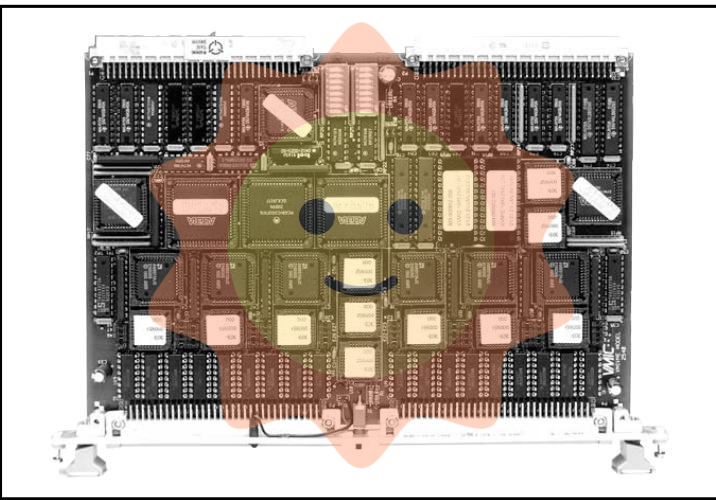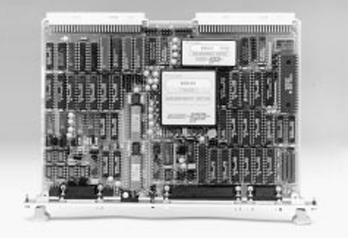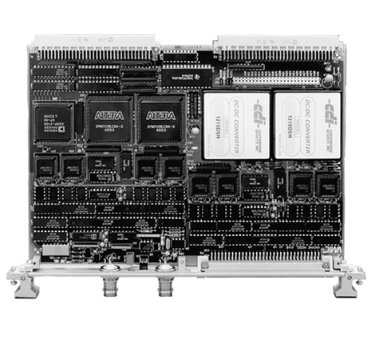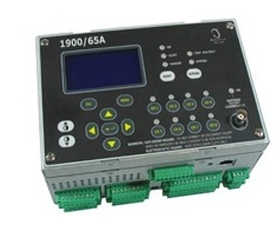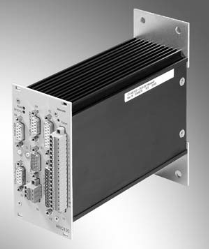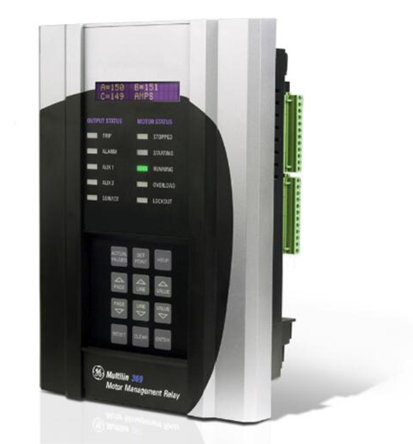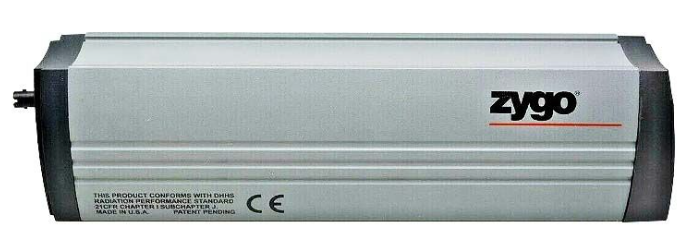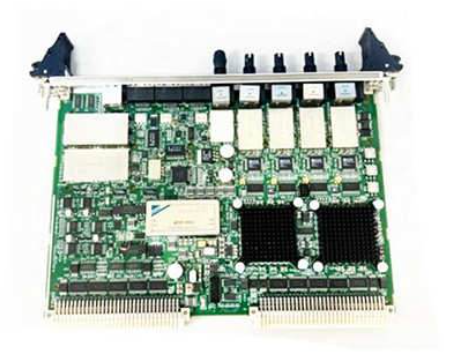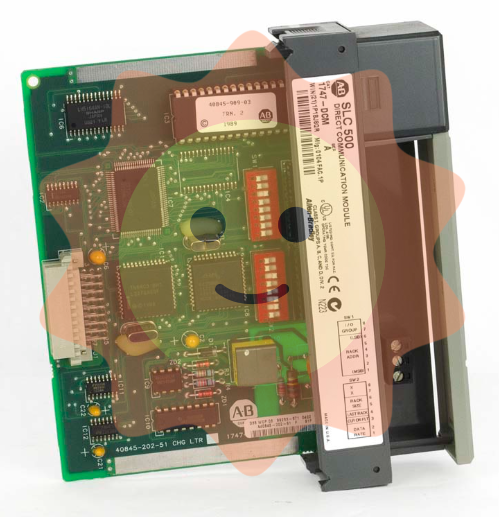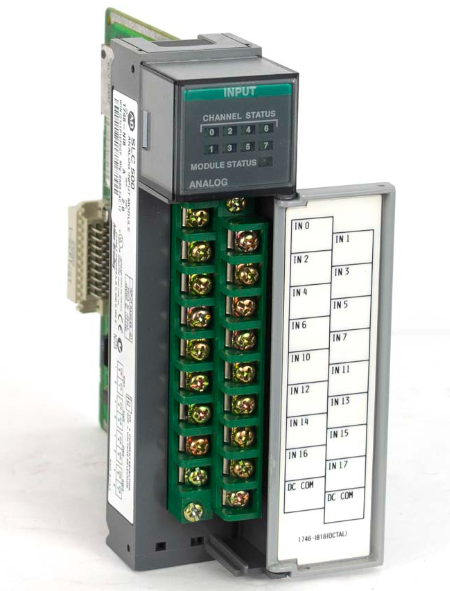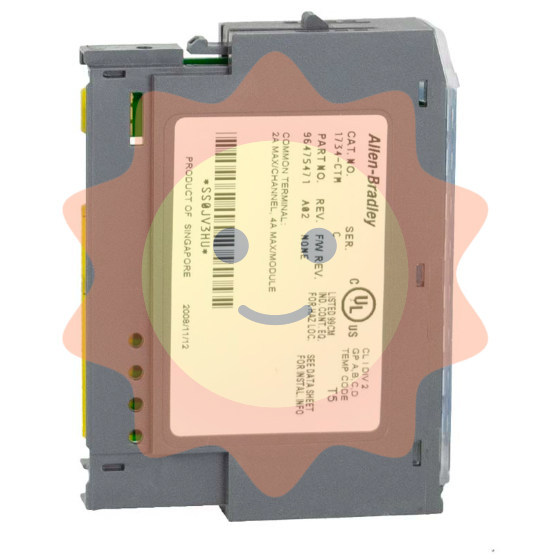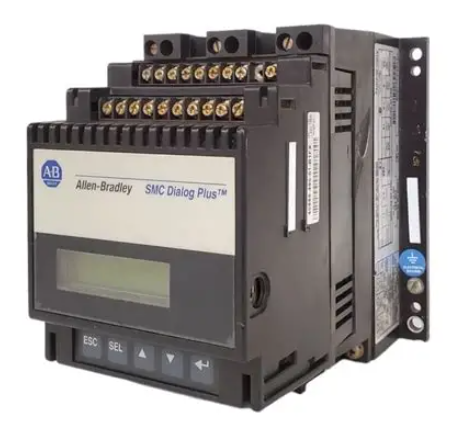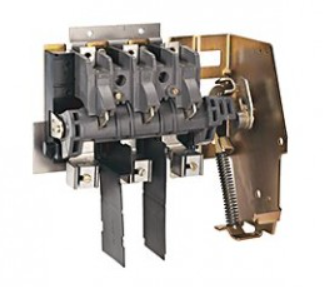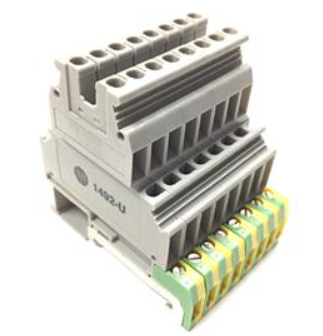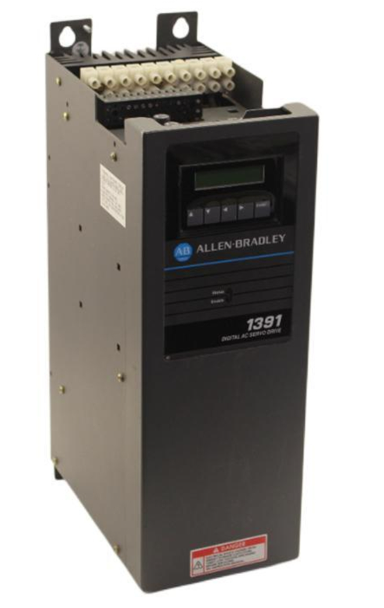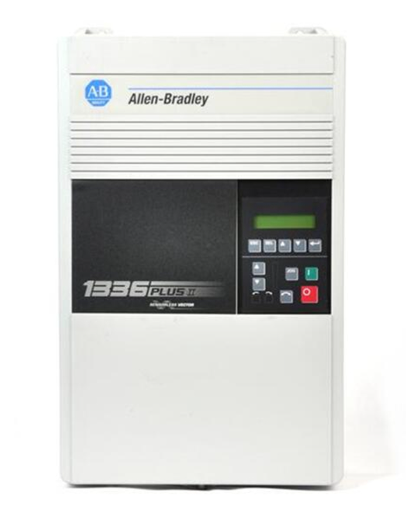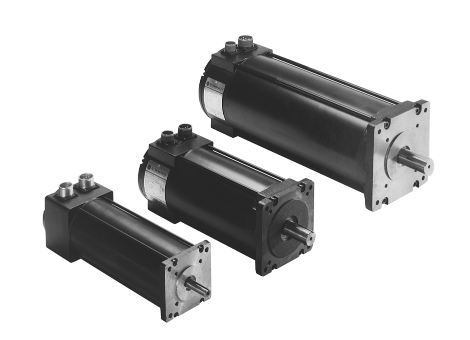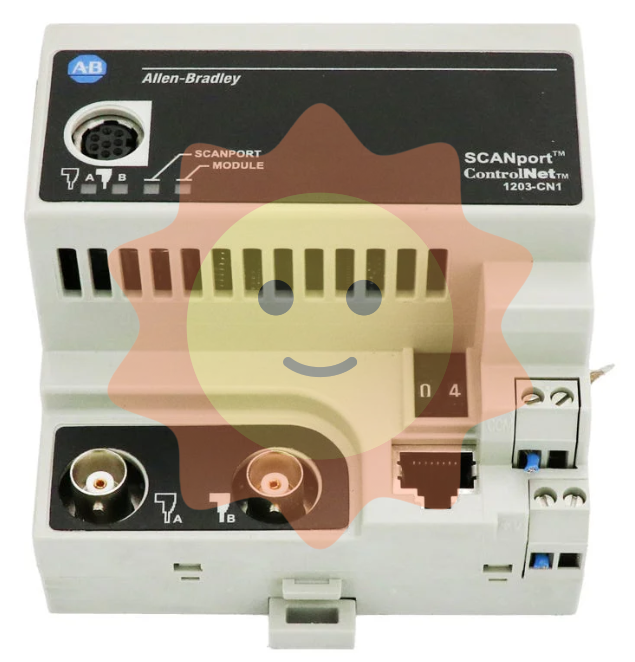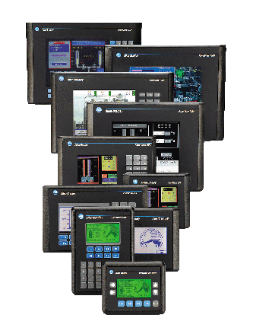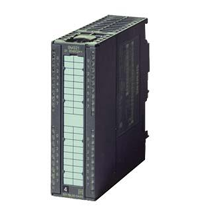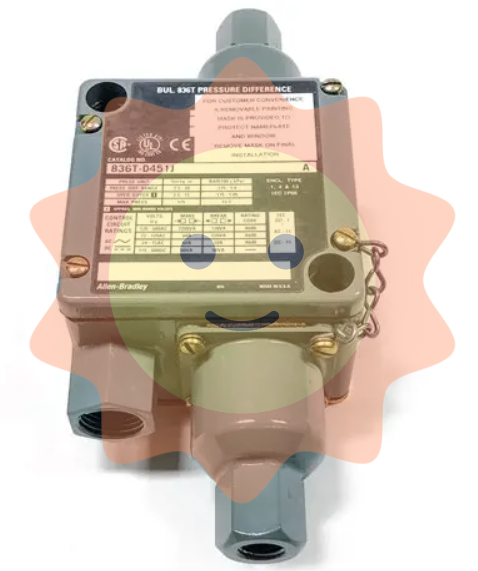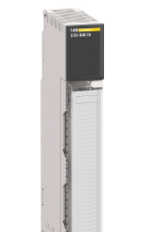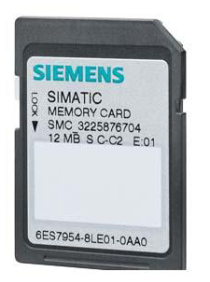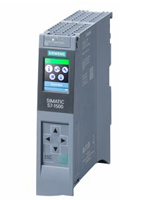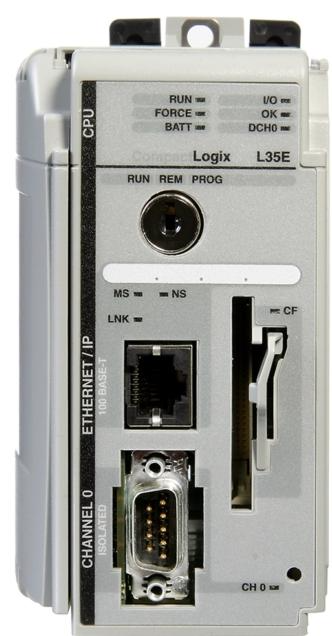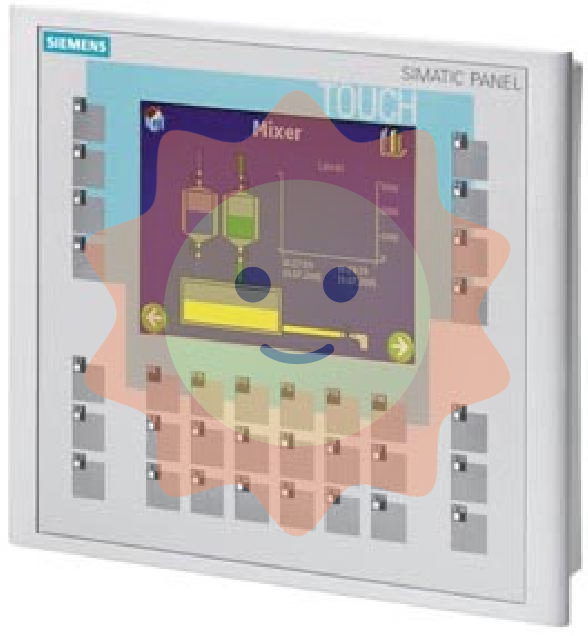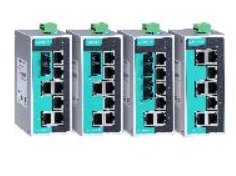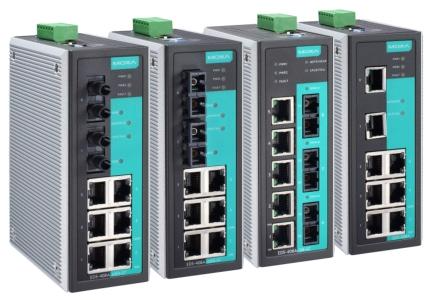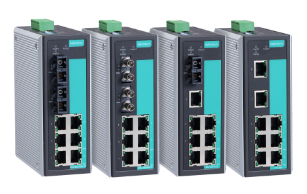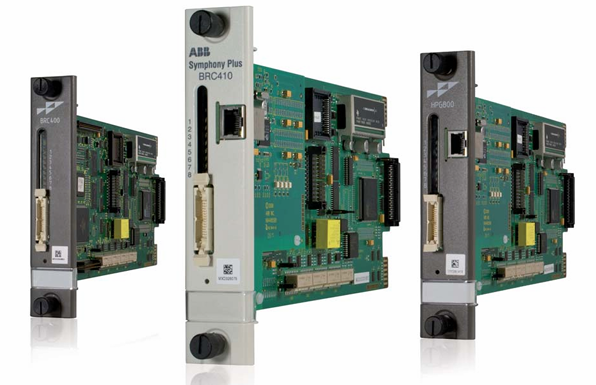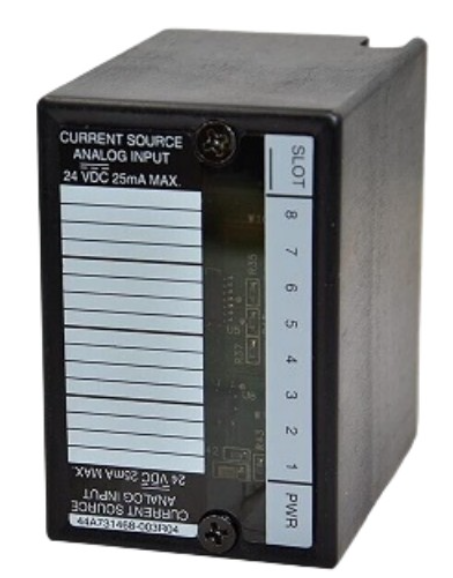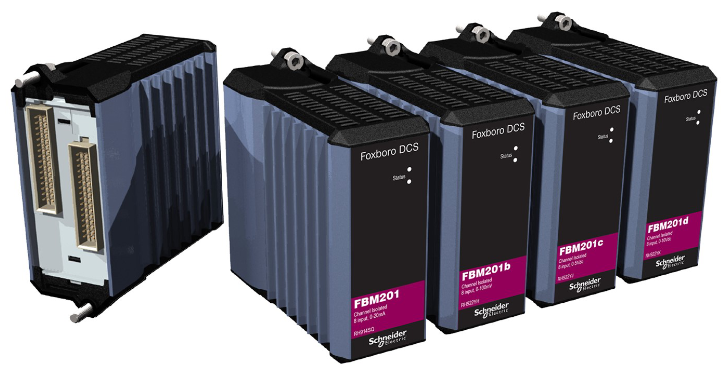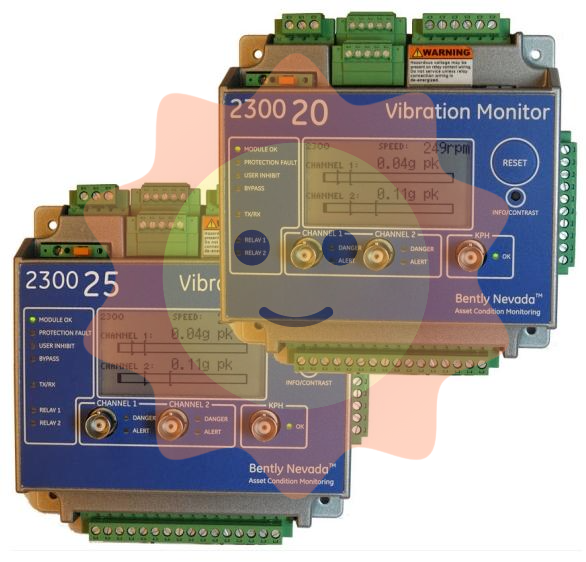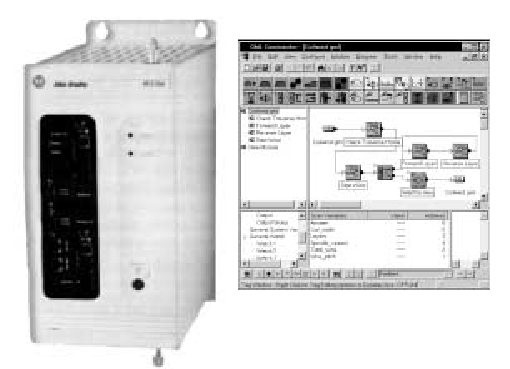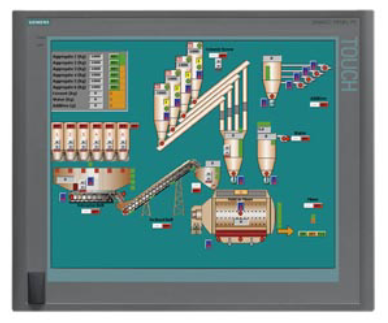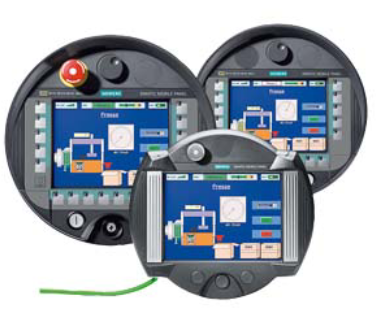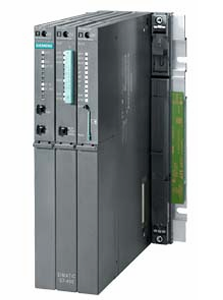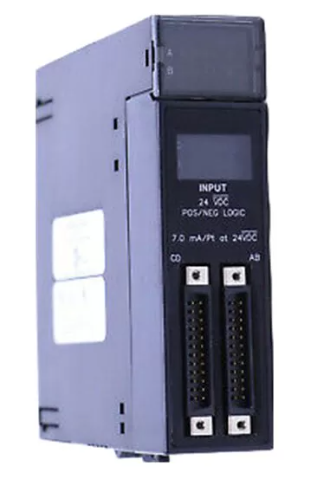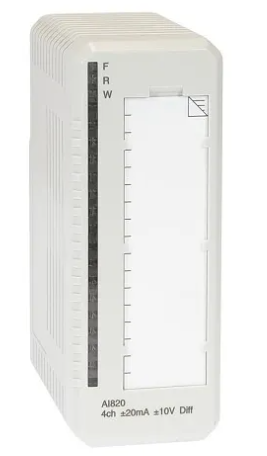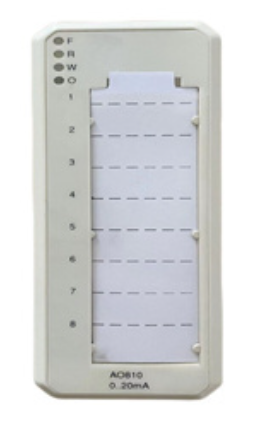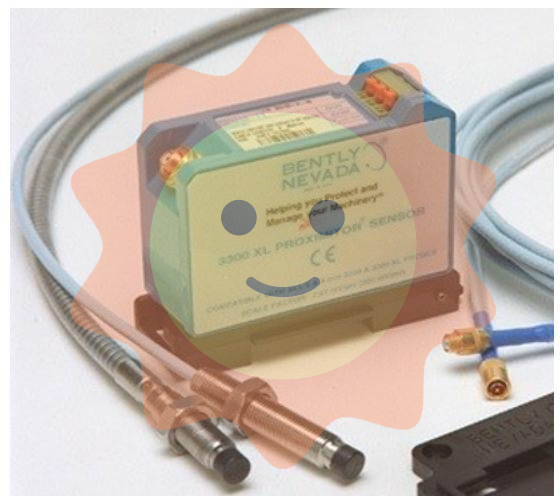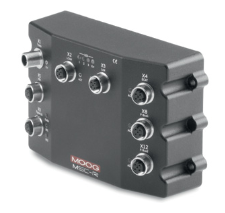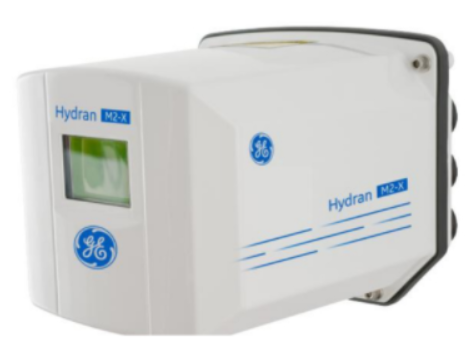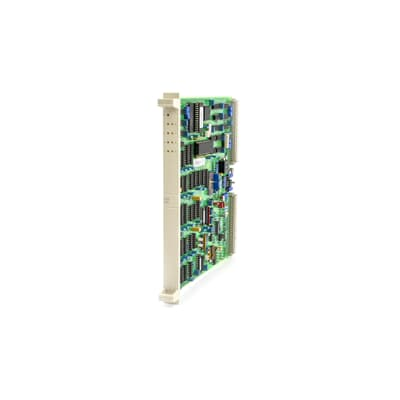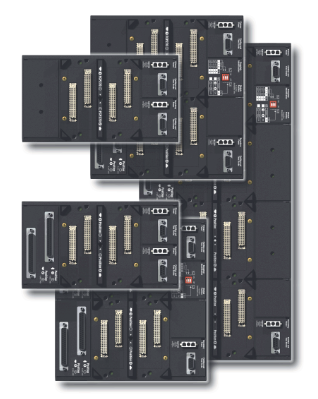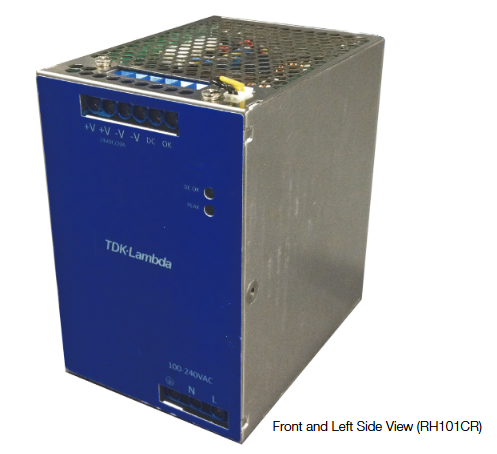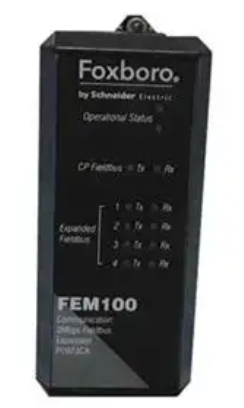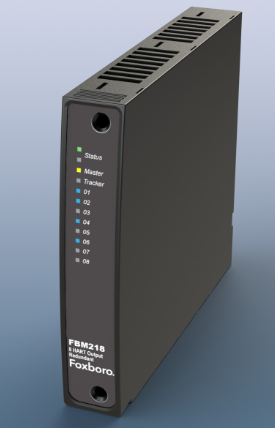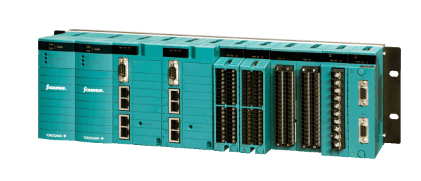GE IC670MDL740J 16-Point discrete output module
GE IC670MDL740J 16-Point discrete output module
Basic Specifications
Manufacturer: GE Fanuc
Model: IC670MDL740J
Type: 16-Point Discrete Output Module
Output Characteristics
Number of Output Channels: 16
Output Type: Positive Logic
Output Signal Voltage: 30-24 VDC (nominal voltage at 10 VDC)
User Output Current: 0.5 Amps per point
Maximum Current Consumption from BIU Power Supply: 111 mA
Surge Current Rating: 2 Amps (maximum duration of 100 ms)
Minimum Load Current per Output Channel: 1 mA
Output Voltage Drop: 0.5 V
Leakage Current at 0 VDC: 5.30 mA
Indicators and Connections
LED Indicators: Each output channel has a separate LED indicator to show the on/off status.
Fuse: The entire I/O group has a common fuse with an LED indicator to show fuse failure.
Terminal Block: The module is equipped with an integrated terminal block consisting of 25 terminals. Each terminal is designed to terminate one AWG #14 - AWG #22 wire or two (18) wires of AWG #2. With external jumpers installed on the module, the allowed wire size is reduced to AWG #14 to AWG #16.
Application and Protection
Application: The module is typically used for powering output devices such as indicator lights, relay coils, solenoid drivers, and similar devices with low rated currents.
Protection: The fuse helps protect the outputs from external power polarity errors and the module from excessive currents flowing through the output points. It is recommended to use a slow-blow fuse with a rated current of 5 Amps and a rated voltage of 250 VAC.
Additional Features
Module Status Indication: The module's status indicators show fuse failures and whether the user power supply voltage is below 9.8 VDC.
Fuse Diagnostic Messaging: The module can send fuse failure diagnostic messages to the Bus Interface Unit (BIU).
Operating Temperature and Humidity: The operating temperature range is 0 to 85°C, and the humidity range is 0-95%.
Dimensions and Weight
Dimensions: Typically, industrial modules have standard dimensions suitable for rack-mounting in control systems.
Weight: Approximately 0.13 kilograms.
Compatibility and Installation
Compatibility: The IC670MDL740J is designed to be installed on a Bus Interface Unit (BIU) for expanded I/O solutions within a DCS or PLC system.
Installation: Installation typically involves mounting the module on the BIU and connecting the required cables and wires to the terminal block.
Functionality and Features
Digital Output Signal Generation
The primary function of this module is to generate and output digital signals through its 16 output points. These digital output signals can be used to control a wide range of external devices such as relays, solenoids, indicator lights, and motor starters. For example, in a manufacturing plant, it can send a digital output signal to activate a solenoid - controlled valve to allow the flow of a liquid or gas in a production process. It can also turn on an indicator light to signal the status of a machine or a process step.
Output Signal Characteristics and Protection
The output signals of the IC670MDL740J have specific characteristics. The module provides a defined voltage output level, which is usually designed to match the requirements of the connected external devices. For example, it might output a voltage in the range of 10 - 30V DC to drive standard industrial relays and solenoids. It also has current - sourcing and - sinking capabilities to ensure that it can supply or absorb enough current to operate the connected devices. Additionally, the module incorporates protection mechanisms to safeguard against electrical faults. It has over - voltage and over - current protection to prevent damage to the module and the external devices in case of a short - circuit or a voltage spike.
Data Reception and Control
The module receives control data from the control system to determine the state of the output signals. It can communicate with the control system through a standard communication interface, such as the Genius Bus or other GE - specific protocols. The control system sends digital commands to the module, which then translates these commands into the appropriate output - signal states. The communication process is reliable and efficient, enabling real - time control of the output signals. For example, in a building - automation system, the module can receive commands from a central control unit to turn on or off the lights in different rooms according to a predefined schedule or occupancy - sensor inputs.
Diagnostic and Status - Indication Features
The IC670MDL740J includes diagnostic and status - indication features to facilitate troubleshooting and monitoring. Each output point is usually associated with an LED (Light - Emitting Diode) indicator. These LEDs provide a visual indication of the state of the output signals, allowing technicians to quickly identify whether a particular output is active or inactive. The module may also have self - diagnostic capabilities to detect internal faults such as a short - circuit or an open - circuit condition in the output channels. It can report these issues to the control system, enabling prompt maintenance and repair.

- User name Member Level Quantity Specification Purchase Date
- Satisfaction :
-









Email:wang@kongjiangauto.com










